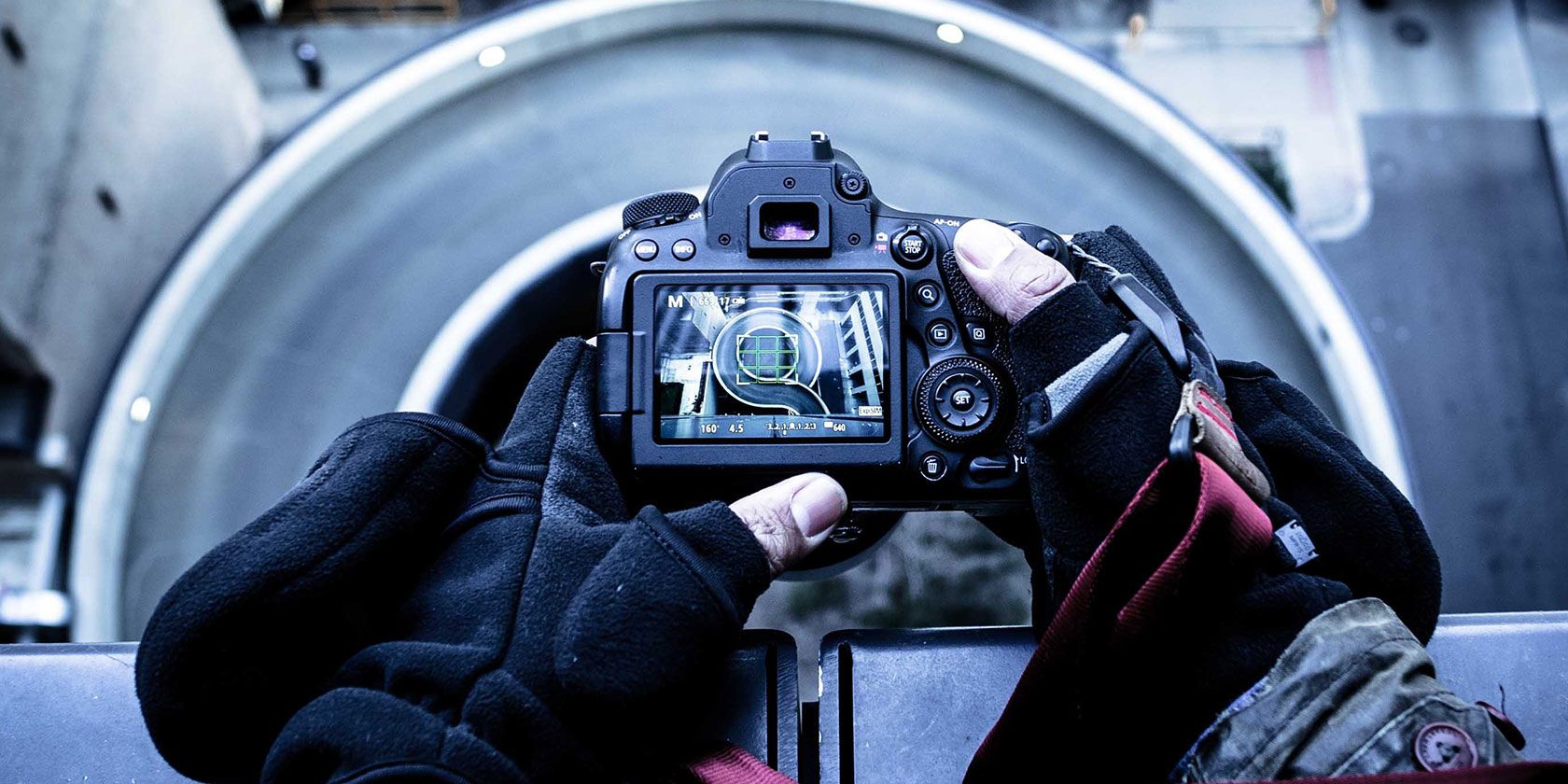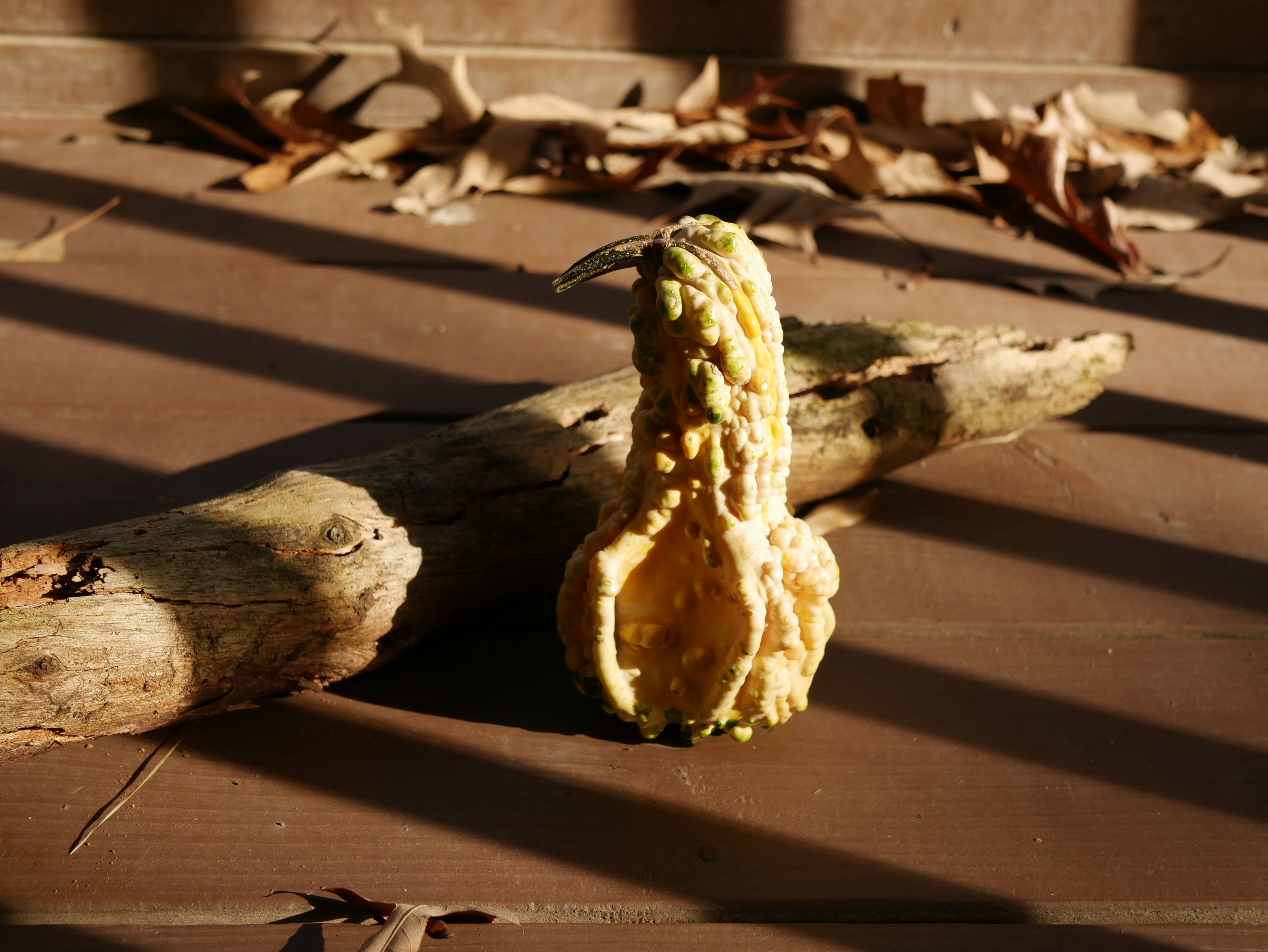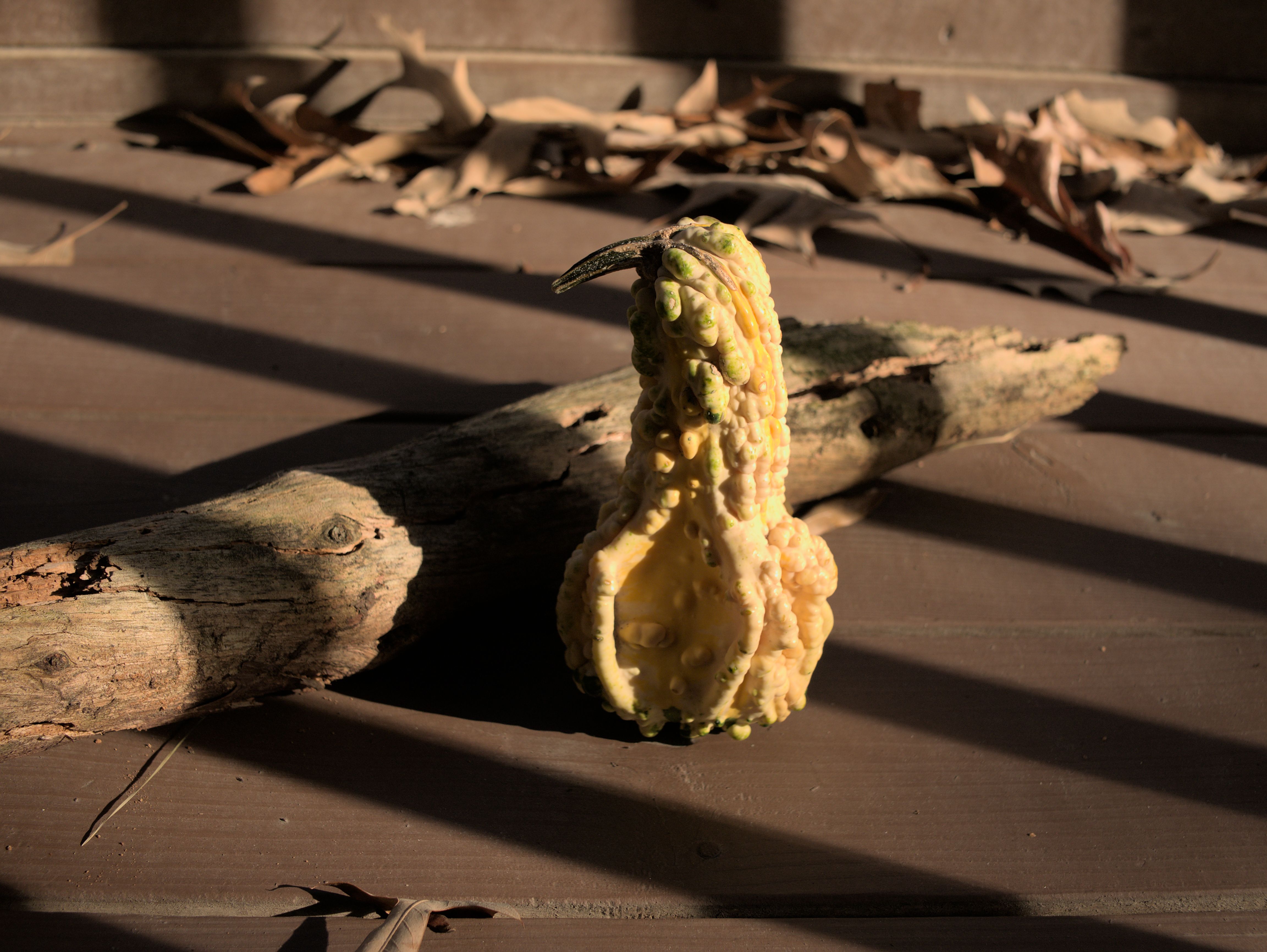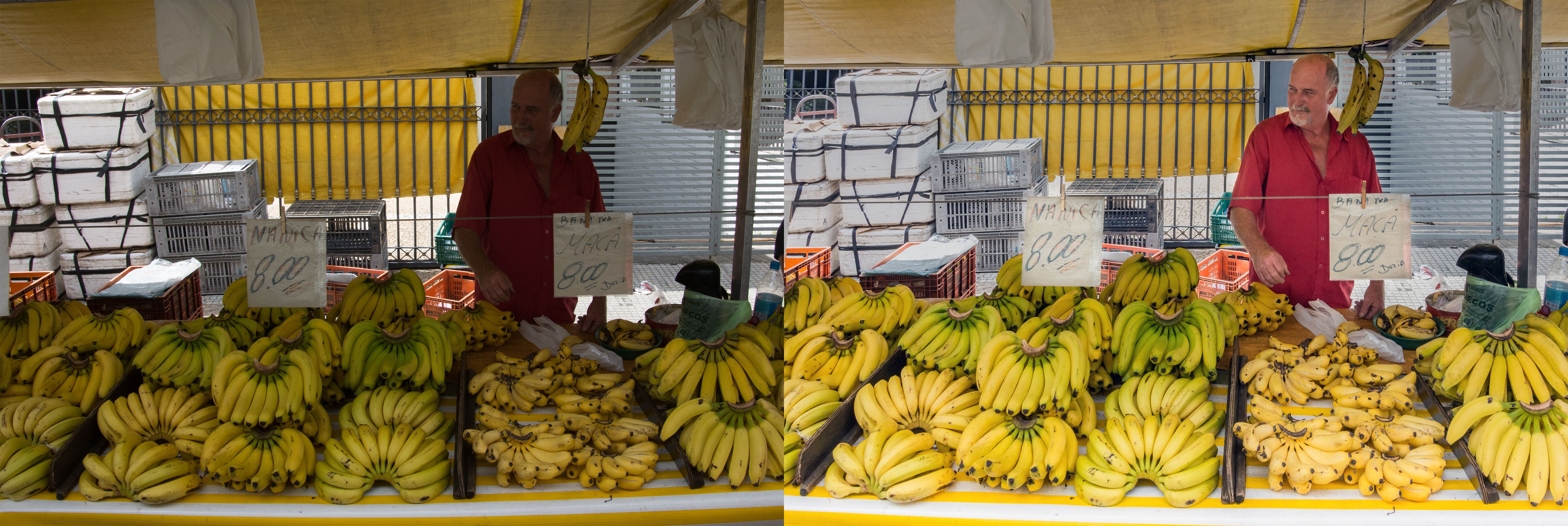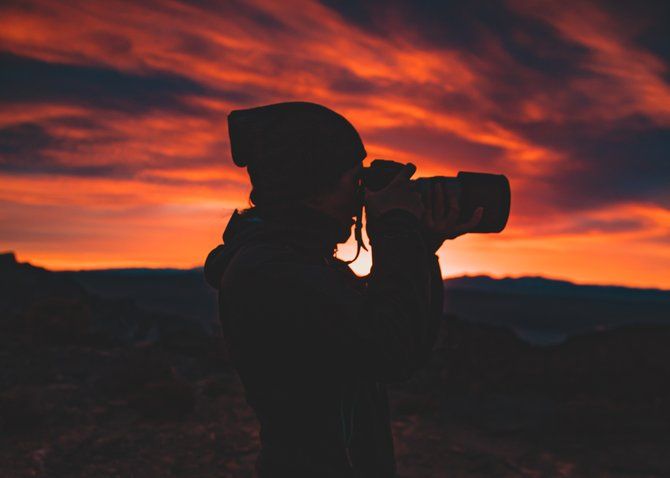When you make the leap to a digital SLR or mirrorless camera, you're faced with the choice of continuing to snap your photos as JPEGs or switching to RAW files instead. But which is best to use?
What Is a RAW File?
You can think of a RAW file as a digital negative, a digital version of what you have before taking your photo into the darkroom. RAW files contain all the data in an image for you to process later.
Straight out of the camera, they may lack some of the vibrancy of a JPEG. That's because RAW files leave you the freedom to process them yourself.
The first photo below was taken as a JPEG.
The second image was captured in a RAW format, and it's shown here as it appeared straight out of the camera without any manual processing.
RAW files don't come in a standard format. The closest is Adobe's DNG format, which niche cameras and smartphones capable of shooting RAW files tend to embrace. This is not the format your Nikon, Canon, or Sony camera uses. Some cameras do shoot in a format known as RAW, but the overwhelming majority do not.
RAW files require specialized programs to view or edit them. Two Adobe programs, Lightroom and Photoshop, are the most well-known examples. Darktable and RawTherapee are two free options anyone can use without restriction or a subscription. The latter two options also have public source code, so anyone can view how the apps were made and make their own modifications.
Why Photographers Love RAW
Many people swear by RAW. Some will even state point-blank that you should also be shooting in RAW. Here are some of the big reasons the RAW format has so many advocates.
RAW Files Preserve More Data
RAW files store all the data your camera captures when you snap a picture. These files are considered lossless, like WAV or FLAC audio files. When you shoot in RAW, you preserve all the details your camera was able to capture.
RAW Files Give You More Control
Since RAW files are unprocessed, it's your job to process them. You get to take all of that data that your camera stored and see what the image can become.
RAW Files Lack Undesired Processing Effects
A RAW image doesn't apply sharpening, noise reduction, or visual compression that takes place when your camera processes a JPEG.
You Keep the Original Image
Image editors that manipulate RAW files are also known as non-destructive image editors. That's because they don't make changes to the original file. They save any tweaks you make to a separate file, and when you're done, you export your image to another format (most likely a JPEG). Here's how to convert your RAW files to JPEG in Lightroom.
That said, these non-destructive editors can preserve your original JPEGs as well, but other image manipulation programs won't.
RAW Files Capture More Color
RAW image formats contain 12-14 bits of information per channel (4096 - 16,384 shades). JPEG offers 8-bits (256 shades).
RAW Files Have Higher Dynamic Range
Dynamic range determines whether an image is usable. This range allows you to restore details from bright or dark areas of a photo where there appeared to be none. You can save images that you would otherwise delete.
The Downsides of RAW Files
As great as RAW files are, they're not without their drawbacks.
RAW Files Have a Slower Workflow
You have to convert RAW files into another format before you can send them to a printer, give them to family members over email, or share them with followers on social media. This means sitting in front of a computer, waiting for images to import, editing those images, and then waiting for them to export into another format.
You Need to Know How to Process RAW Images
To take full advantage of RAW formats, you need to know how to process an image using a program such as Darktable. That means having an understanding of various photography concepts such as exposure, white balance, and dynamic range.
Your chosen image editor might automatically adjust aspects of the image for you, but if you're not going to perform your own adjustments, you might be better off with the processing your camera manufacturer designed and tested.
RAW Files Require More Storage Space
RAW files save all the data your camera captured, so using them is akin to saving all of your images as JPEGs at the highest resolution and image quality setting, except slightly larger still.
If you choose the RAW + JPEG setting to save your photos in both formats simultaneously, then you're going to use up even more space on your memory card, computer, or cloud storage account. You will spend more time watching files transfer and may need to spend more money as a result.
You Need to Want to Process Your Photos
Many people don't want to import their photos into an image editor and manually tweak each one. Some might prefer to spend their time learning how to take better photos rather than how to process them, such as mastering the rule of thirds. So if you're going to process RAW files, it's something you actually need to want to do.
What Are JPEGs?
JPEG stands for Joint Photographic Experts Group. This is the group that created the JPEG standard in 1992.
Since then, the JPEG format has become the standard way we capture and share digital images. Point and shoot cameras, smartphones, and flip phones all save photos in this format. When you view a photo in your web browser, chances are you're looking at a JPEG file. All the images accompanying this article are JPEGs.
Reasons to Prefer JPEG Files
There are quite a few reasons JPEG files are commonly used everywhere.
JPEGs Come Ready to Go
JPEG files are ready to view, print, and share from the moment you capture them. Your camera does all the processing for you. It's the modern day equivalent of taking a picture with a Polaroid camera and having a photo you can hand to someone else in moments.
JPEGs Open Everywhere
When you save your photos as JPEGs, you can rest easy knowing you can view them on whatever device using whatever program you want. This gives you more freedom to choose whatever photo manager or image manipulation program that most speaks to you, including many that were designed for RAW files.
JPEGs Are Better for Fast Photography
When you're covering a performance or sports event, you may find yourself inclined to shoot in JPEG even if it's not your preferred choice. That's in part because large RAW files take longer to save to your memory card.
If you snap several photos in rapid succession, your camera may pump the brakes while it tries to save all those images. You can miss the shot you wanted during those precious moments.
JPEGs Offer More Flexible File Sizes
A digital camera will often give you a choice to save your JPEGs in low, medium, or high quality. This determines the resolution you capture your image in and how much storage space it occupies on your devices.
The Downsides of JPEG Files
As common as JPEGs are, there are a few key reasons why many photographers don't trust the format for their workflow.
JPEG Is a Lossy Format
JPEGs are meant to be easy to share and open everywhere, including on the web. That means striking the right balance between creating a beautiful image and a small file. Due to the image compression, you may suffer a loss in quality.
JPEGs Don't Capture All of the Data
JPEGs cannot preserve all the information that your camera is capable of capturing. The format can't store quite as many colors, so you might notice a difference in shade or tone from what you can see in the RAW version. Photos shot as JPEGs may also lose more details in the extremely bright or dark portions of a photo.
JPEGs Are Processed by the Camera
JPEGs are a finalized version of an image. While you can edit a JPEG, you're making permanent changes to the file unless you save it as a new copy.
RAW vs. JPEG: Which Is Best?
It depends. Why are you taking a photo, where, and under what conditions? Perhaps even more importantly, what are your personal preferences?
For example, does sitting in front of a computer and tweaking images sound miserable to you? In that case, go with JPEG. But if that's your favorite part, then go for RAW.
Ultimately, if you want to take great photos, there are aspects that matter more than what file format you choose. You'll first need to master the essentials, such as learning how to compose a photograph.

